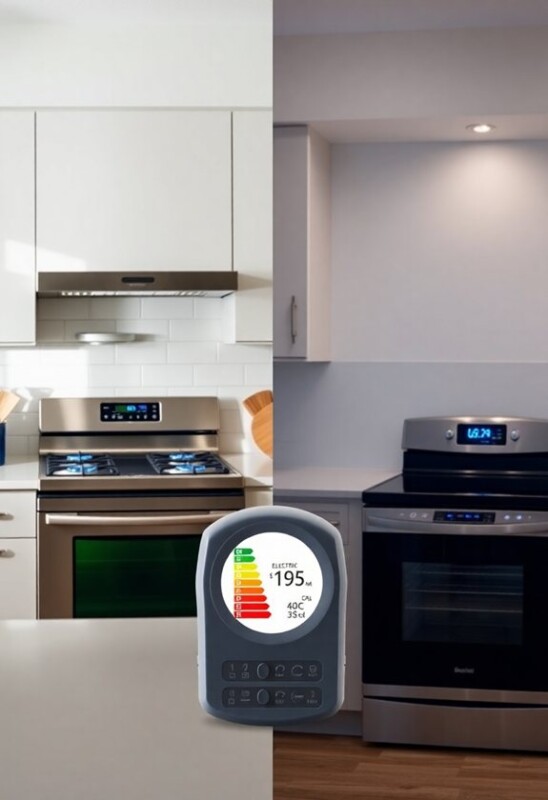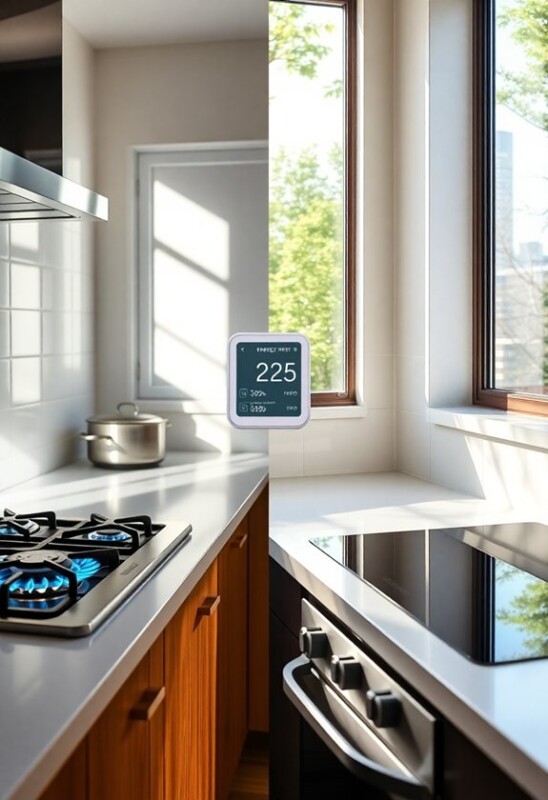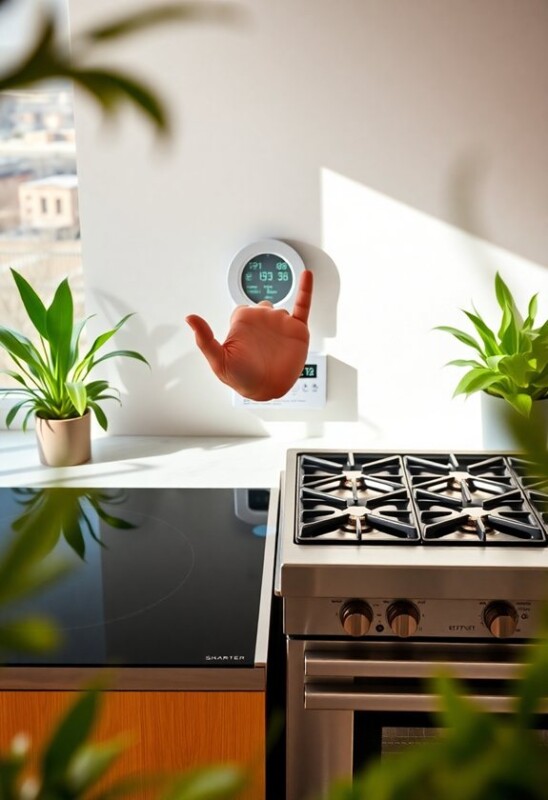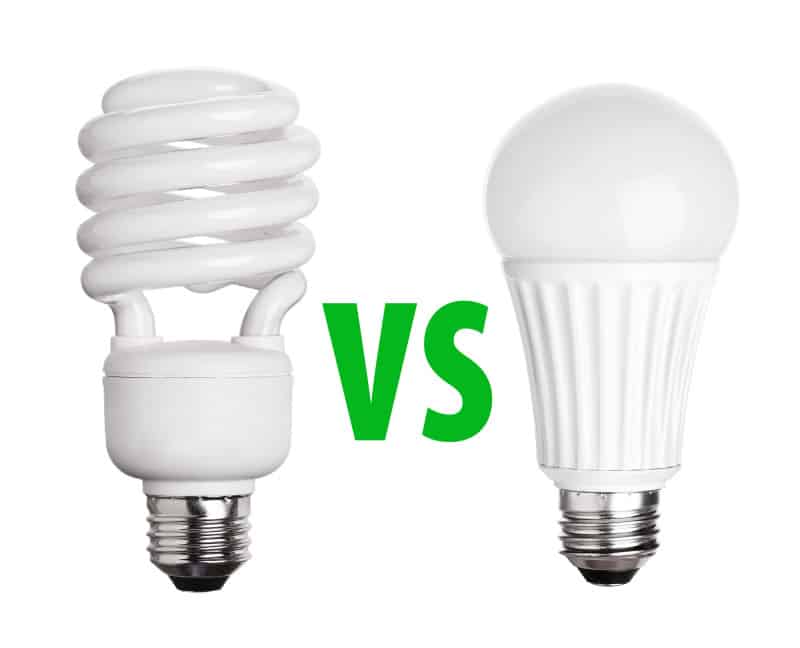Choose your appliances strategically by evaluating both energy efficiency ratings and local utility costs. You’ll save more with ENERGY STAR certified models that exceed federal standards by 15%. While gas appliances often cost less to operate in regions with stable gas prices, electric models perform better environmentally when powered by renewable-heavy grids. Factor in safety requirements, maintenance expenses, and long-term ROI calculations. Our thorough analysis will help you make the best choice for your home.
Key Takeaways
- Electric appliances become greener over time as power grids incorporate more renewable energy sources.
- Gas appliances often cost less to operate in regions with stable natural gas prices and cold climates.
- ENERGY STAR certification guarantees at least 15% better efficiency than standard models regardless of power source.
- Consider local utility rates and available rebates when choosing between gas and electric appliances.
- Electric appliances produce zero direct emissions, while gas appliances release indoor pollutants requiring proper ventilation.
Understanding Energy Efficiency Ratings

When shopping for appliances, understanding energy efficiency ratings helps you make informed decisions about long-term operating costs and environmental impact.
Look for the A-G scale on European-style labels, where A indicates highest efficiency. ENERGY STAR certification guarantees products exceed federal efficiency standards by at least 15%.
EnergyGuide labels provide annual consumption estimates in kWh and projected operating costs. You’ll find color-coded ratings (green for A, red for G) and QR codes linking to detailed specifications.
Compare similar models using the standardized data, keeping in mind that higher-rated appliances typically offset their premium price through reduced energy consumption over time.
The Hidden Costs of Appliance Operation
Beyond the purchase price, operating costs can greatly impact your appliance’s total lifetime expenses. When calculating hidden expenses, you’ll need to take into account factors like maintenance, repairs, and energy consumption patterns that affect operational efficiency over time.
Gas appliances typically have higher upfront costs but may offer better long-term value in regions where natural gas prices remain stable.
Electric appliances often cost less initially but could lead to steeper utility bills depending on your local electricity rates.
You’ll also want to factor in professional servicing requirements, replacement parts, and potential energy rate increases that can considerably influence your total ownership costs.
Environmental Impact on Your Home

The environmental footprint of your home appliances extends far beyond their basic functionality, impacting both indoor air quality and broader ecological systems.
Gas appliances release direct emissions during operation, while electric models‘ impact varies based on your region’s power grid.
Your appliance lifecycle matters considerably. Manufacturing a refrigerator generates about 1,000 lb CO₂e, but its energy consumption over time typically creates an even larger impact.
If you’re in areas with renewable-heavy grids like New York, electric appliances offer superior environmental performance.
Smart, ENERGY STAR-certified models can optimize your home’s efficiency through automated energy management and reduced resource use.
Safety Considerations for Modern Appliances
Modern appliance safety demands a systematic approach across multiple critical areas, from electrical precautions to gas-specific protocols. You’ll need to maintain strict safety standards through regular appliance maintenance, professional installations, and proper usage protocols.
| Safety Area | Key Action |
|---|---|
| Electrical | Install GFCI outlets in wet areas |
| Gas | Check lines and guarantee ventilation |
| Fire | Keep flammables away from heat |
| Child/Pet | Use safety locks and covers |
| Maintenance | Inspect cords and connections monthly |
For maximum protection, you’ll want to implement both preventive measures and active monitoring systems. Don’t overlook vital safety features like carbon monoxide detectors for gas appliances and proper grounding for electrical units. Regular inspections and prompt repairs will guarantee your appliances meet current safety standards.
Smart Technology and Performance Features
Building upon established safety protocols, smart technology now revolutionizes appliance performance through AI-driven optimization and IoT integration.
Modern energy management systems utilize data analytics and adaptive algorithms to enhance efficiency. You’ll find smart thermostat features that automatically adjust to your schedule while reducing energy consumption by up to 20%.
- AI-powered appliances increase savings: 15% for refrigerators, 20% for AC, 35% for washers
- Real-time monitoring tracks consumption patterns and suggests optimizations
- Geofencing triggers automatic energy-saving modes when you’re away
- Voice commands enable hands-free control via smart speakers
- Predictive maintenance alerts help prevent costly breakdowns and inefficiencies
Long-Term Investment Analysis
When evaluating gas versus electric appliances, an extensive long-term investment analysis reveals significant financial implications beyond initial purchase costs.
You’ll need to weigh upfront costs against potential utility savings over the appliance’s lifespan. Your ROI calculations should factor in energy consumption rates, available rebates, and tax incentives specific to each type.
Consider future energy price trends and maintenance requirements when appraising total ownership costs.
Electric models often benefit from renewable energy integration and declining electricity rates, while gas appliances may face increasing fossil fuel costs.
Factor in durability and replacement frequency to determine which option delivers superior long-term value for your specific situation.
Making the Right Appliance Choice
Choosing between gas and electric appliances requires careful evaluation of multiple data-driven factors that directly impact your home’s efficiency, safety, and environmental footprint.
Consider your usage habits and desired appliance longevity when weighing environmental performance against operational costs.
- Compare Energy Star models that use 30-50% less energy and save $450 annually
- Evaluate your local utility rates ($1.18/therm gas vs. $0.21/kWh electric)
- Account for ventilation requirements and safety maintenance schedules
- Calculate total cost including installation, especially gas infrastructure
- Assess alignment with renewable energy goals and carbon reduction targets
Factor in that gas appliances emit greenhouse gases even when off, while electric options powered by renewables offer zero operational emissions.
Conclusion
Consider your appliance decisions as data-driven investments in sustainability. You’ll enhance efficiency by selecting ENERGY STAR-rated models that align with your home’s infrastructure and usage patterns. Track your energy consumption through smart features, and you’ll see up to 30% reduction in utility costs. Whether gas or electric, prioritize appliances with high EER ratings and proven environmental impact metrics for ideal long-term performance and reduced carbon footprint.



